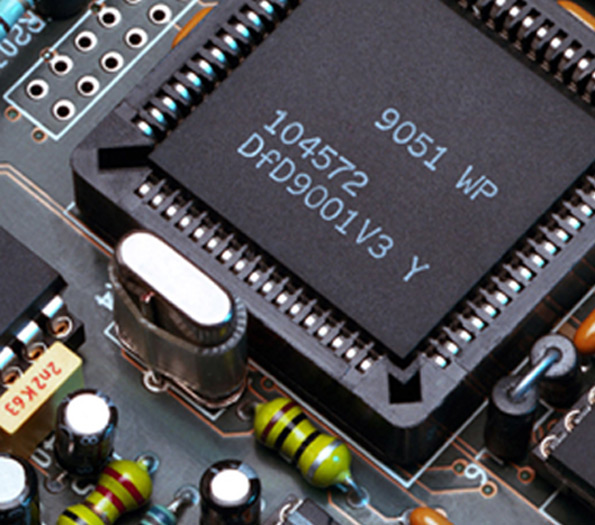

The Importance of OEM Tempered Glass in Modern Manufacturing
In the contemporary manufacturing landscape, the demand for high-quality materials has never been more critical. Among these materials, tempered glass has gained significant prominence due to its strength, safety, and versatility. Within this realm, Original Equipment Manufacturer (OEM) tempered glass plays a crucial role in various industries, providing tailored solutions that meet specific needs and standards.
What is OEM Tempered Glass?
OEM tempered glass is specially manufactured glass that is heat-treated to enhance its strength compared to standard glass. This process involves heating the glass to high temperatures and then quickly cooling it, creating a product that can withstand greater stress and impact. OEM manufacturers focus on producing this type of glass to meet the precise specifications and branding of their clients, making it a customized solution for various applications.
Applications of OEM Tempered Glass
The applications of OEM tempered glass are vast and diverse. It is widely used in the automotive industry for windshields and windows, where safety and durability are paramount. Its ability to shatter into small, blunt pieces rather than sharp shards makes it an essential component in passenger safety.
In architecture and construction, tempered glass is utilized in facades, skylights, and interior partitioning. Architects favor this material for its aesthetic appeal and functional benefits, such as thermal insulation and UV protection. Furthermore, the glass is often used in shower doors and bathroom enclosures, where moisture resistance and longevity are essential.

Another significant area of application is the electronics sector, where tempered glass is used as a protective layer for screens of smartphones, tablets, and other devices. The rise in consumer electronics has propelled the demand for sturdy yet sleek designs, making tempered glass an excellent choice for safeguarding valuable technology.
Benefits of OEM Tempered Glass
The advantages of OEM tempered glass extend beyond just its strength and safety. One of the key benefits is customization. OEM manufacturers can tailor the glass thickness, tint, and finish according to client specifications. This level of personalization ensures that the glass not only meets functional requirements but also aligns with the overall design aesthetic of the product it will be integrated into.
Moreover, tempered glass is known for its thermal resistance. It can withstand extreme temperature fluctuations without cracking or breaking, making it ideal for environments exposed to heat, such as kitchens and outdoor spaces. This property also ensures that products maintain their integrity and longevity over time, leading to reduced costs associated with replacements and repairs.
Additionally, OEM tempered glass can be treated with various coatings that enhance its properties, such as anti-reflective coatings for better visibility or self-cleaning surfaces for easier maintenance. This versatility further cements the material's integral role in modern manufacturing processes.
Conclusion
In summary, OEM tempered glass stands out as a vital material in many industries thanks to its unique combination of strength, safety, and customization. Its applications span various sectors, from automotive and construction to electronics, highlighting its versatility and importance. As industries continue to evolve, the role of OEM tempered glass will undoubtedly expand, supporting innovations and enhancing the safety and aesthetics of products worldwide. As manufacturers increasingly prioritize quality and durability, OEM tempered glass will remain at the forefront of material choices, driving advancements in design and functionality.